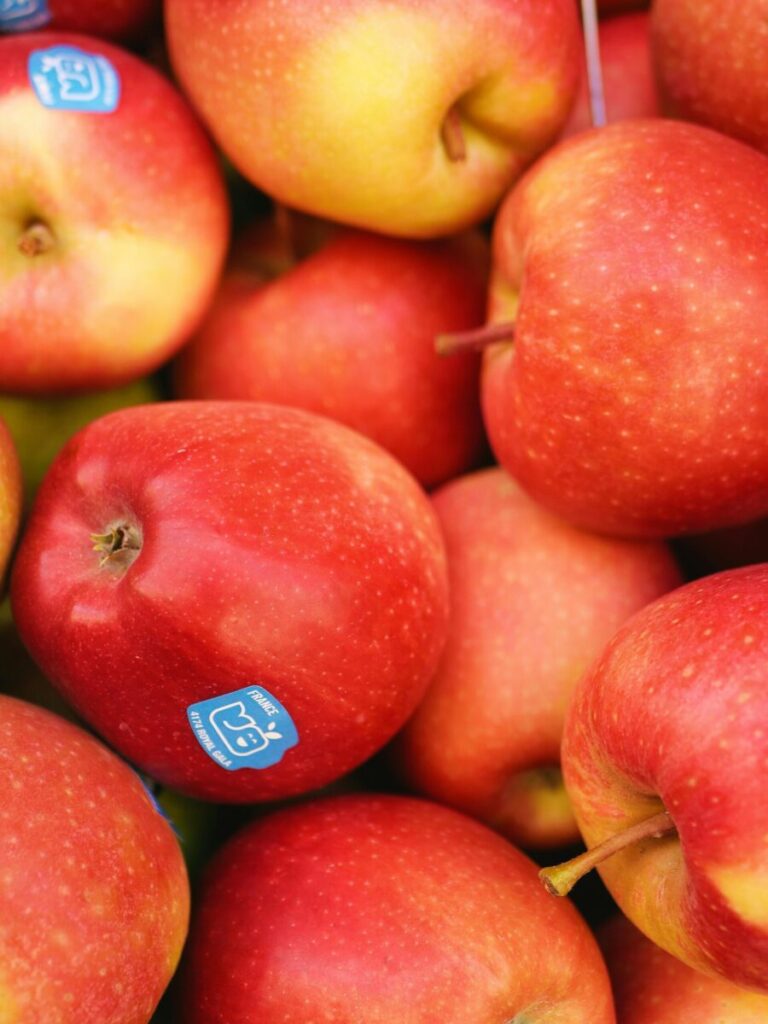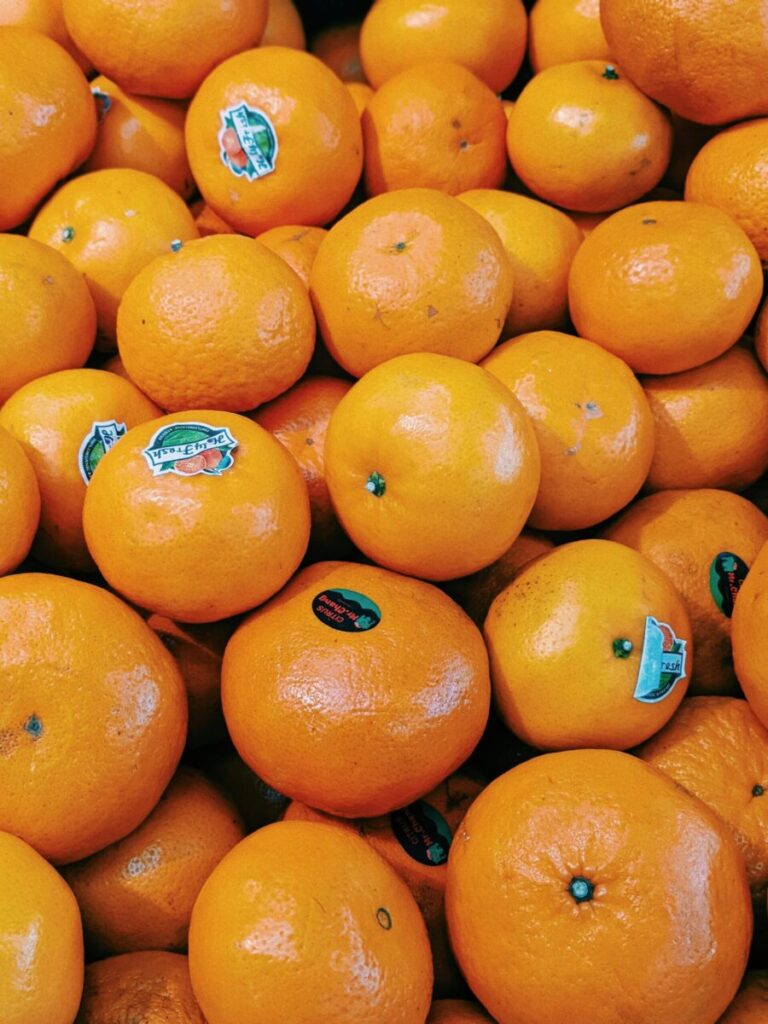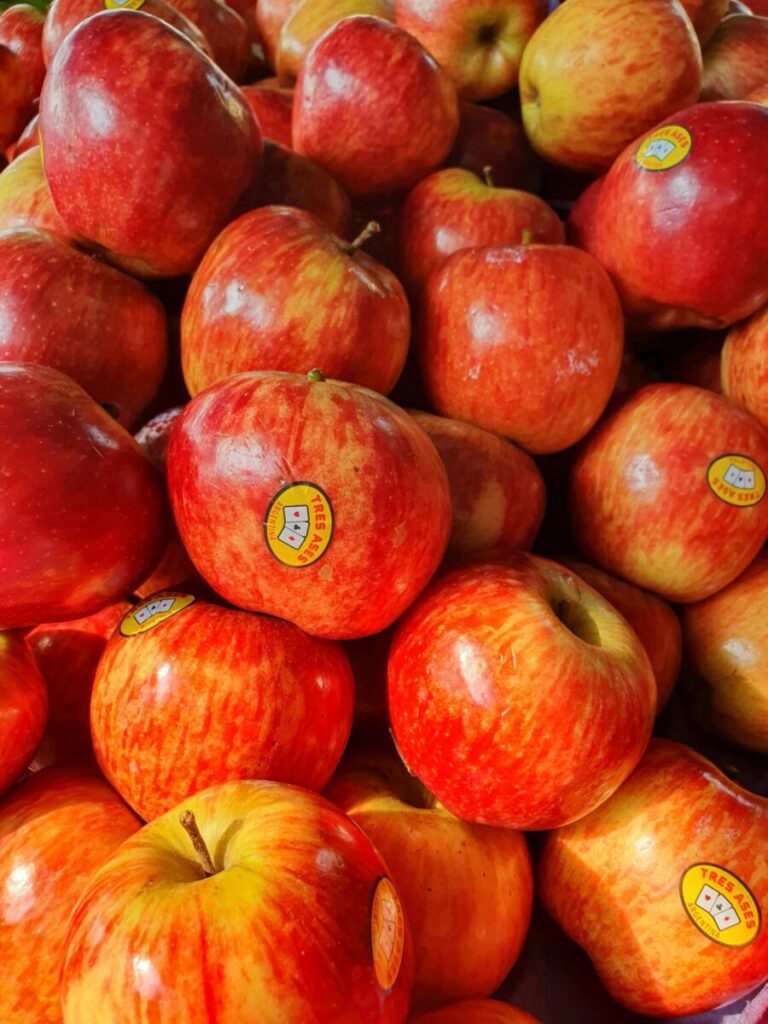It may seem like a harmless habit to peel off fruit stickers right after buying your groceries, but experts suggest waiting until just before you eat the fruit. Those tiny stickers are not just labels for branding or barcodes; they also serve a subtle but important purpose in maintaining the fruit’s freshness and safety. Fruits naturally have a protective skin that guards against air, moisture, and bacteria. When a sticker is removed too early, it can slightly compromise that barrier, allowing microbes and moisture loss to occur. Moreover, stickers help identify ripeness and origin, so keeping them on ensures you retain this information until you’re ready to eat. From preserving texture to preventing early spoilage, there are multiple benefits to delaying sticker removal. Below are several reasons why waiting to remove fruit stickers until just before consumption is the smarter, safer, and more sustainable choice.
Preserves the Natural Barrier

Fruit stickers act as small seals that help protect the skin of the fruit from exposure to air and moisture. When you remove them too soon, the area beneath can dry out or become vulnerable to microbes and oxidation. This can cause fruits like apples or pears to brown faster or lose their crispness. Keeping the sticker on until you’re ready to eat ensures the fruit maintains its natural barrier, preserving its freshness and flavor for longer.
Reduces Risk of Bruising or Skin Damage
Peeling off fruit stickers prematurely can cause small tears or bruises on the surface, especially on delicate fruits like peaches, plums, or tomatoes. These tiny injuries make the skin more prone to microbial invasion and faster decay. By leaving the sticker in place, you reduce unnecessary stress on the fruit’s surface, helping it stay intact and visually appealing. It’s a small step that can significantly extend the fruit’s shelf life and reduce spoilage over time.
Maintains Optimal Storage Conditions

Fruit stickers help preserve consistent moisture levels while fruits are stored in your refrigerator or on your countertop. When removed early, the exposed area may lose moisture unevenly, making the fruit ripen or soften too quickly. The sticker acts as a micro-barrier that minimizes humidity changes, allowing the fruit to remain firm and juicy. Keeping stickers on until the last moment ensures that the fruit retains its best texture and flavor throughout its storage period.
Supports Hygiene Until Consumption
Keeping fruit stickers on can reduce exposure to contaminants. Every time a fruit is handled, touched, or moved around, there’s a chance of transferring bacteria or dirt onto its skin. The sticker covers a small part of the surface, limiting contact in that area until it’s time to wash and eat. Removing the sticker right before consumption ensures you wash away any residue or germs that might have accumulated, helping promote safer and cleaner eating habits.
Minimizes Waste and Avoids Premature Peel-Off Habits
When people remove fruit stickers too early, they often lose track of which fruits were purchased first or forget where certain varieties came from. This can lead to confusion and waste, especially when trying to identify ripeness or type. Keeping stickers on until you’re ready to eat allows you to retain that information, helping reduce food waste. It’s a simple but effective habit that contributes to better organization and mindful consumption at home.
Encourages Mindful Consumption
Waiting to remove the sticker creates a small pause before eating, reminding you to wash and inspect your fruit first. This conscious moment can lead to healthier habits and better appreciation of what you eat. It also ensures you check for freshness or spoilage before consumption. Taking that extra step reinforces mindfulness in your daily routine and helps prevent ingesting any contaminants that could have settled on the fruit’s surface during storage.
Maintains Aesthetics and Readiness

Removing stickers too soon can sometimes leave adhesive residue or peel off a thin layer of skin, making the fruit appear damaged or unattractive. By keeping the sticker on until the last minute, you maintain the fruit’s appearance for serving, packing, or photography. The sticker also helps identify the brand or type for later reference. Keeping the fruit looking clean and fresh until you’re ready to enjoy it is a small but valuable benefit of waiting.
Comments